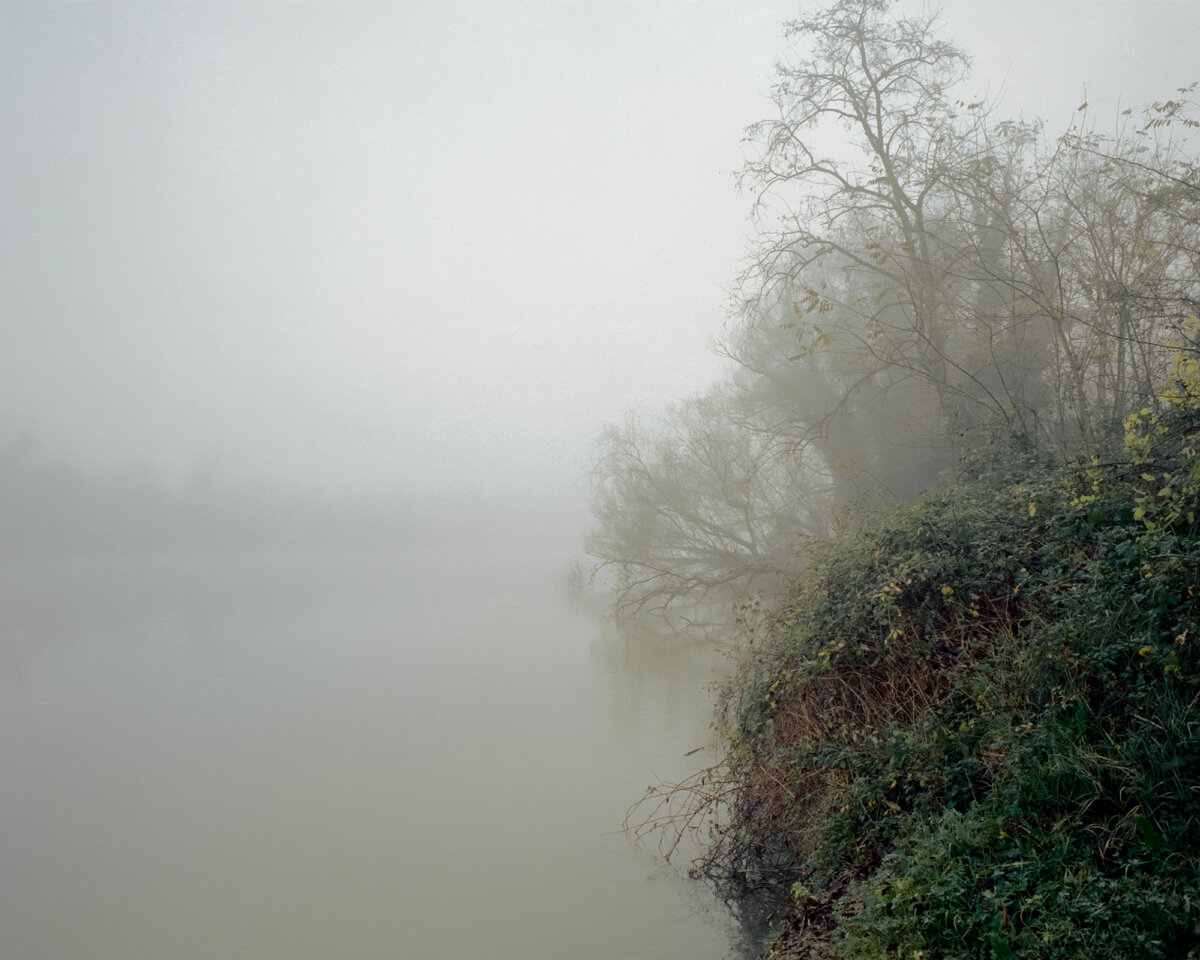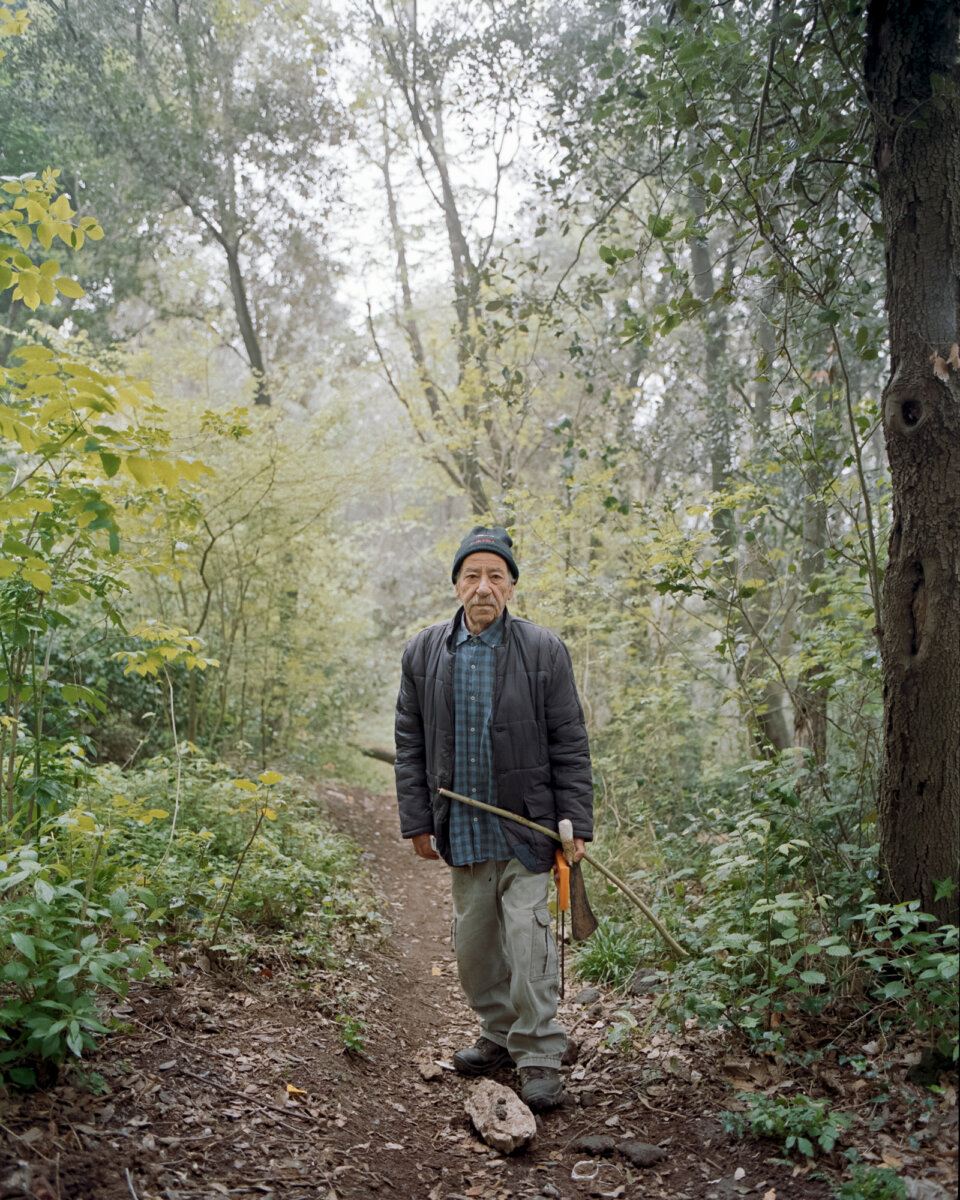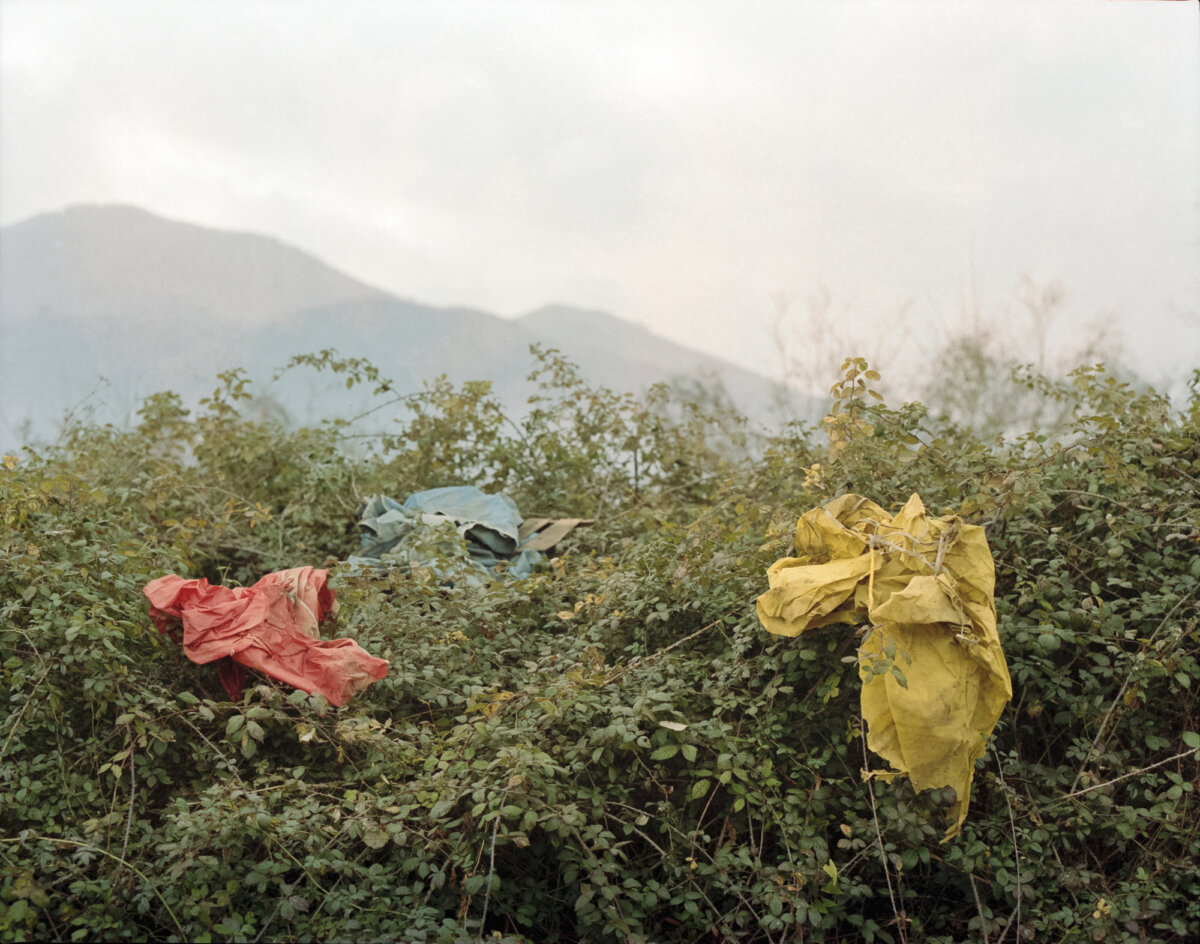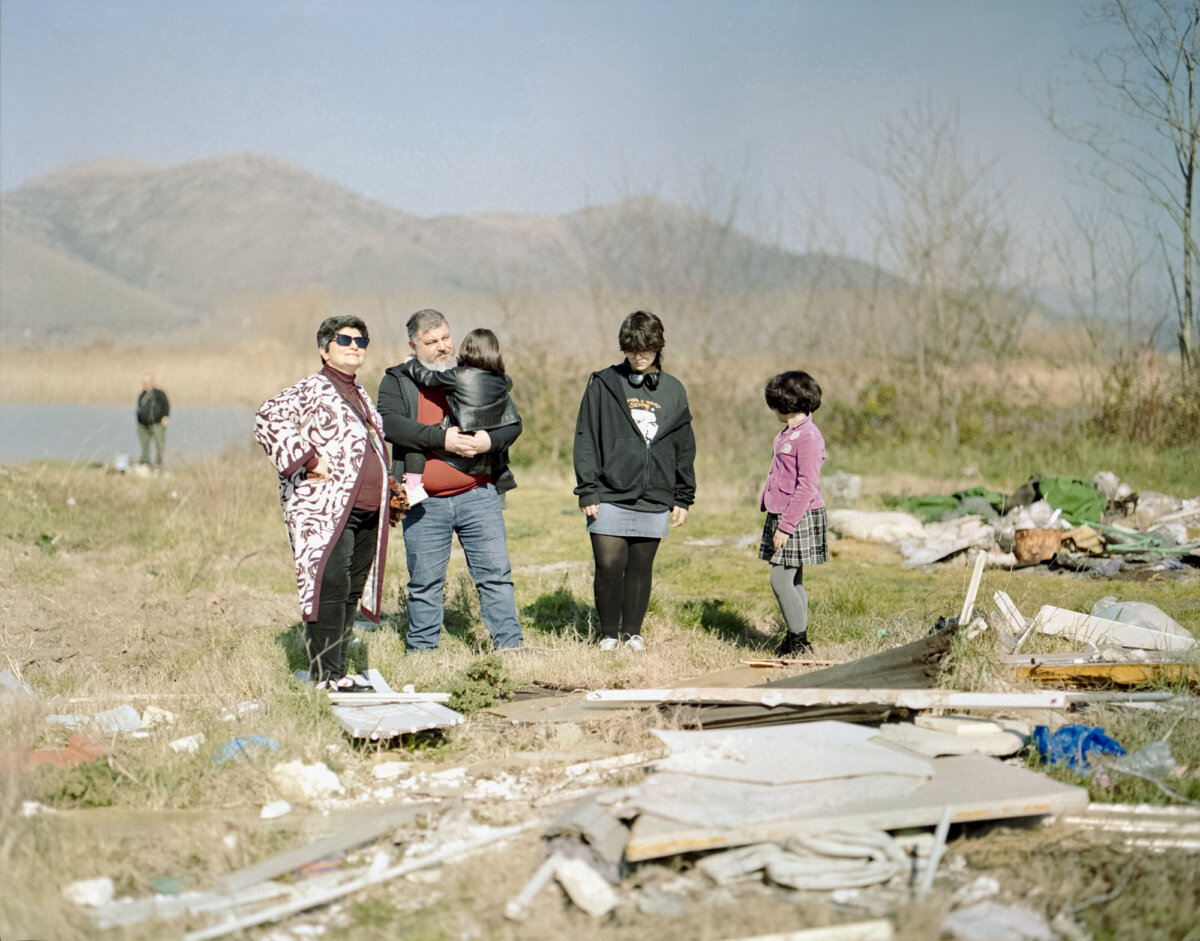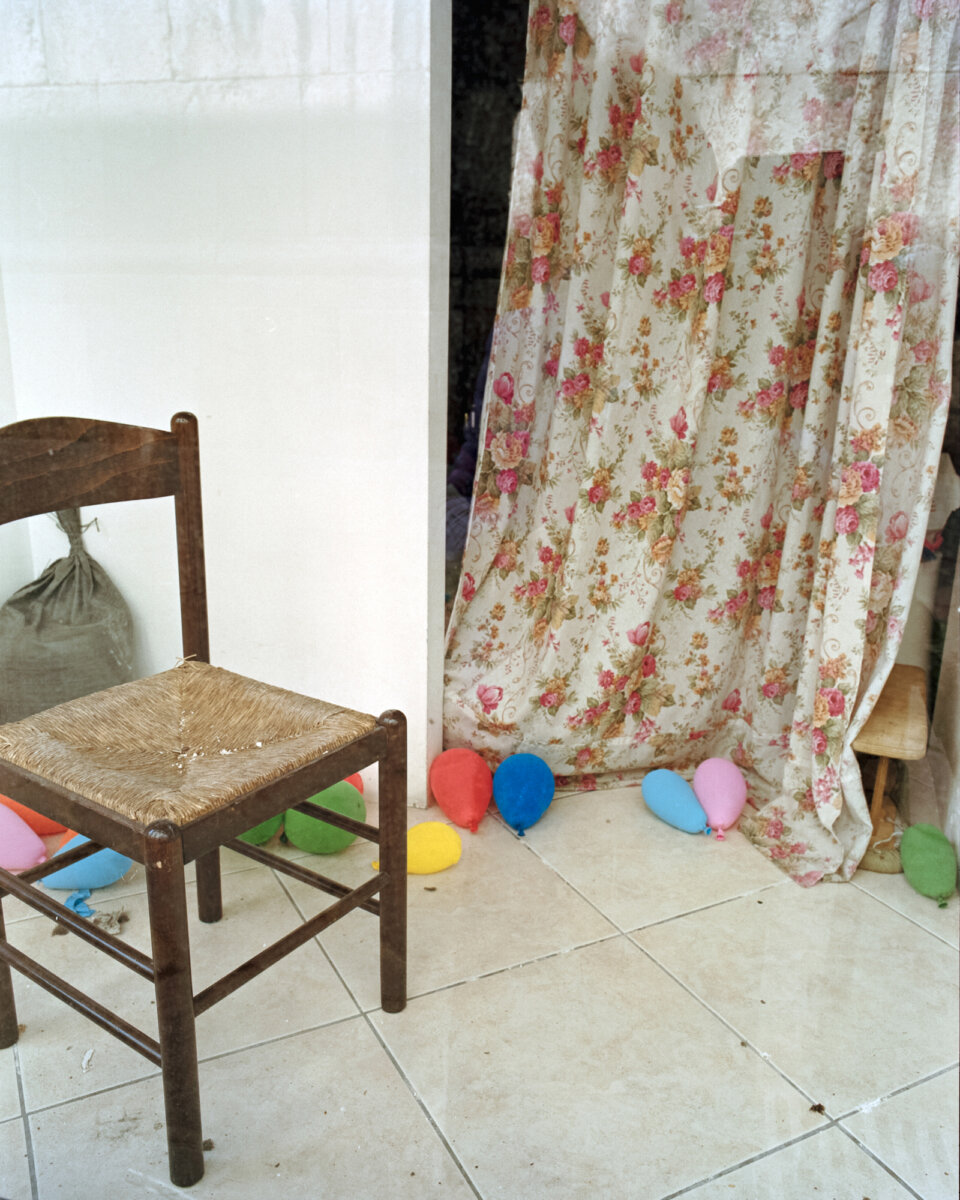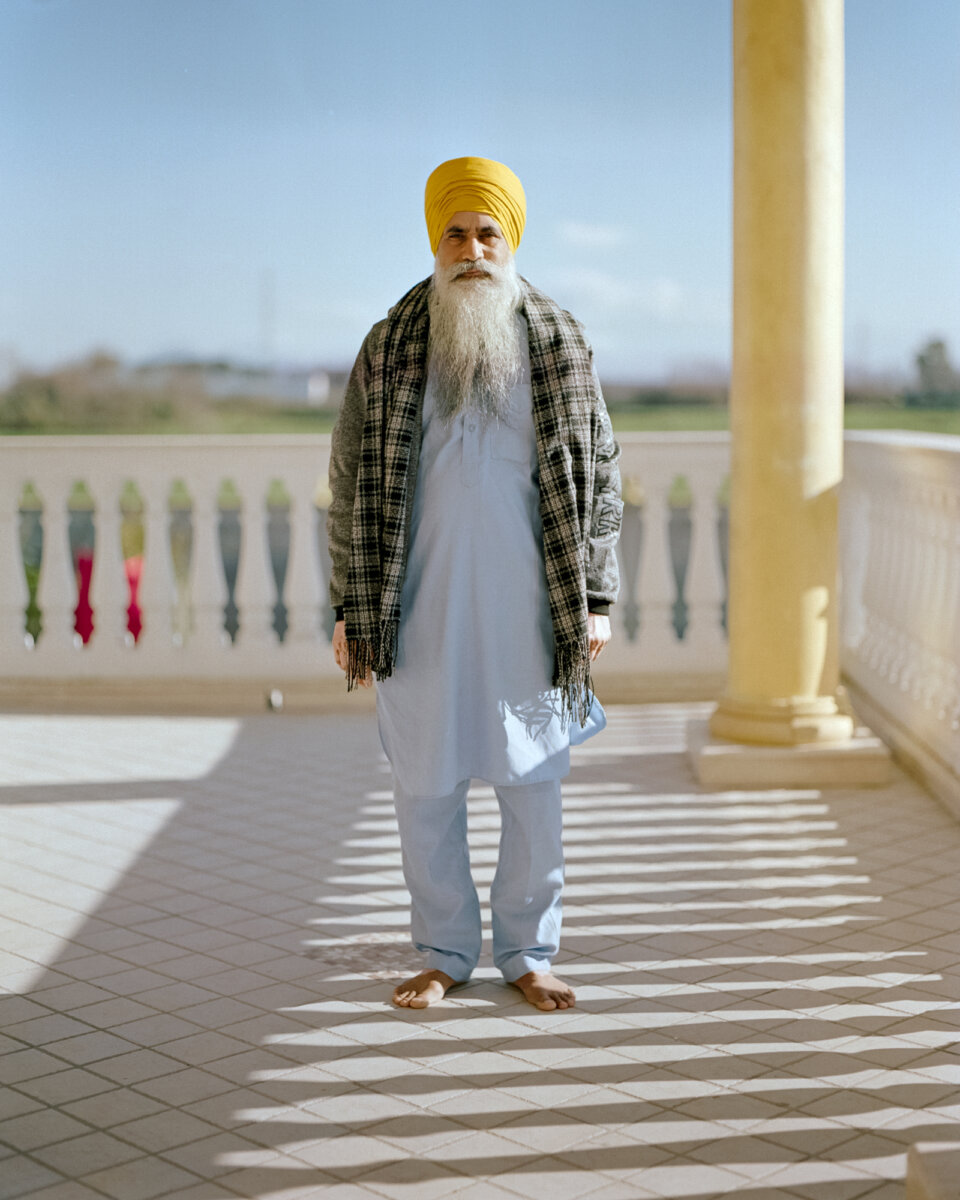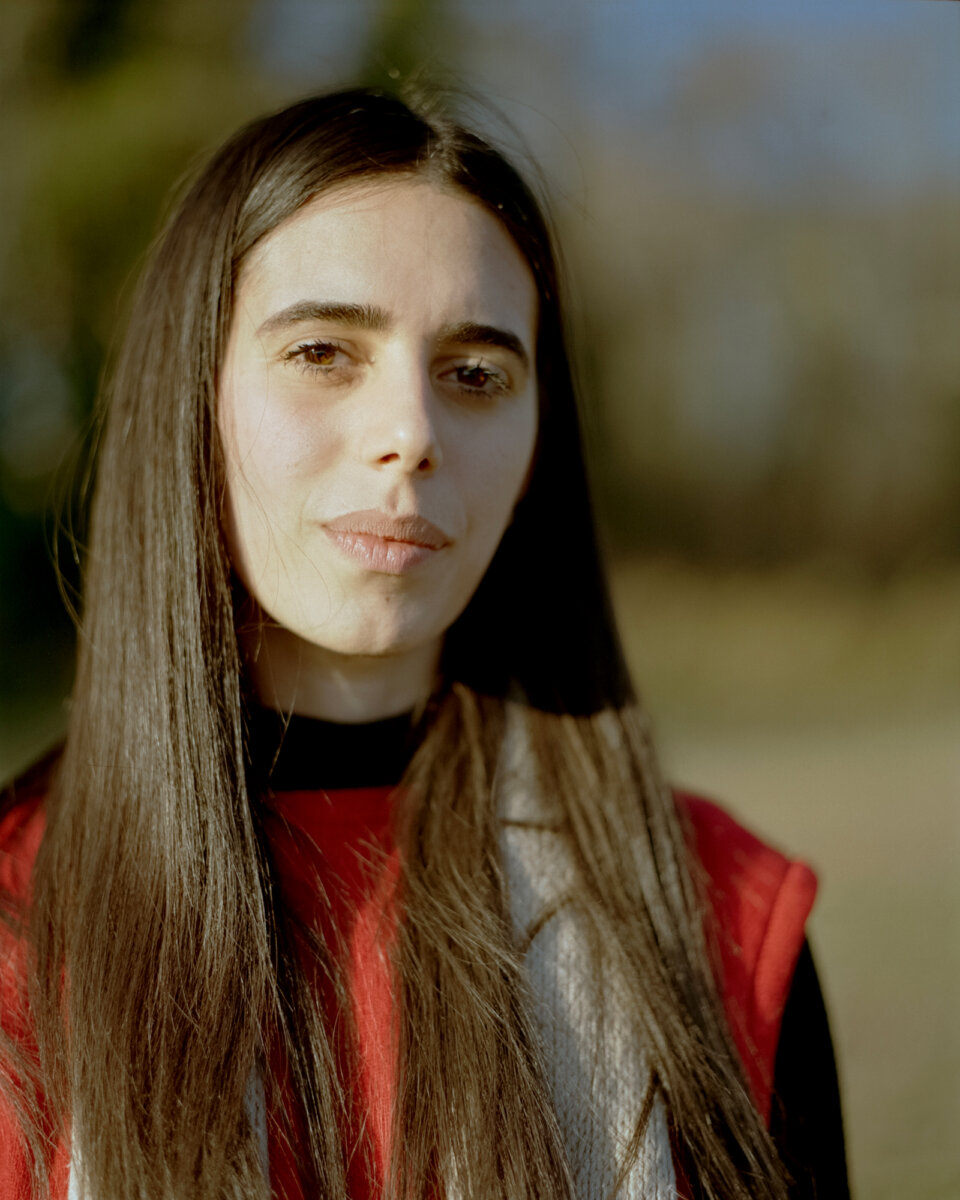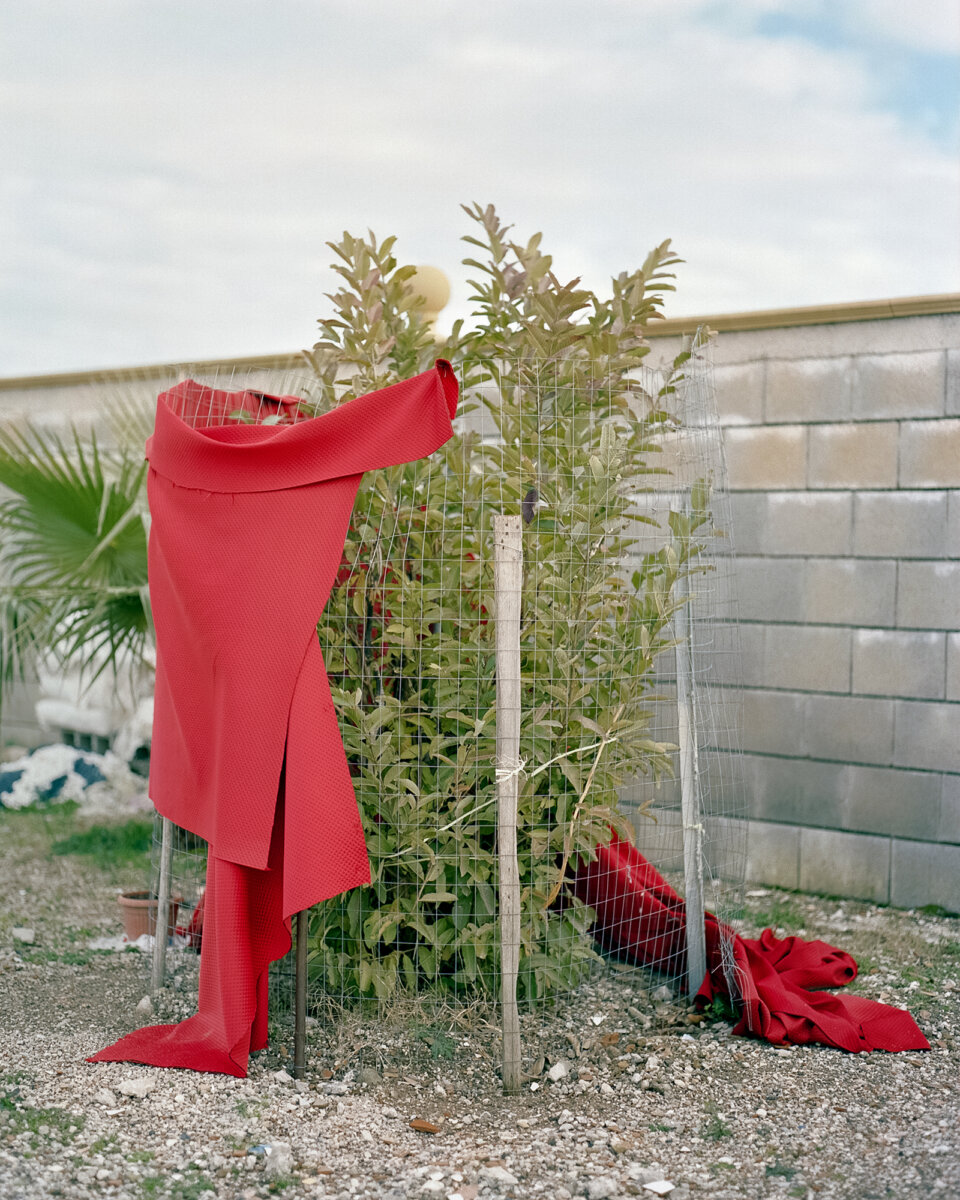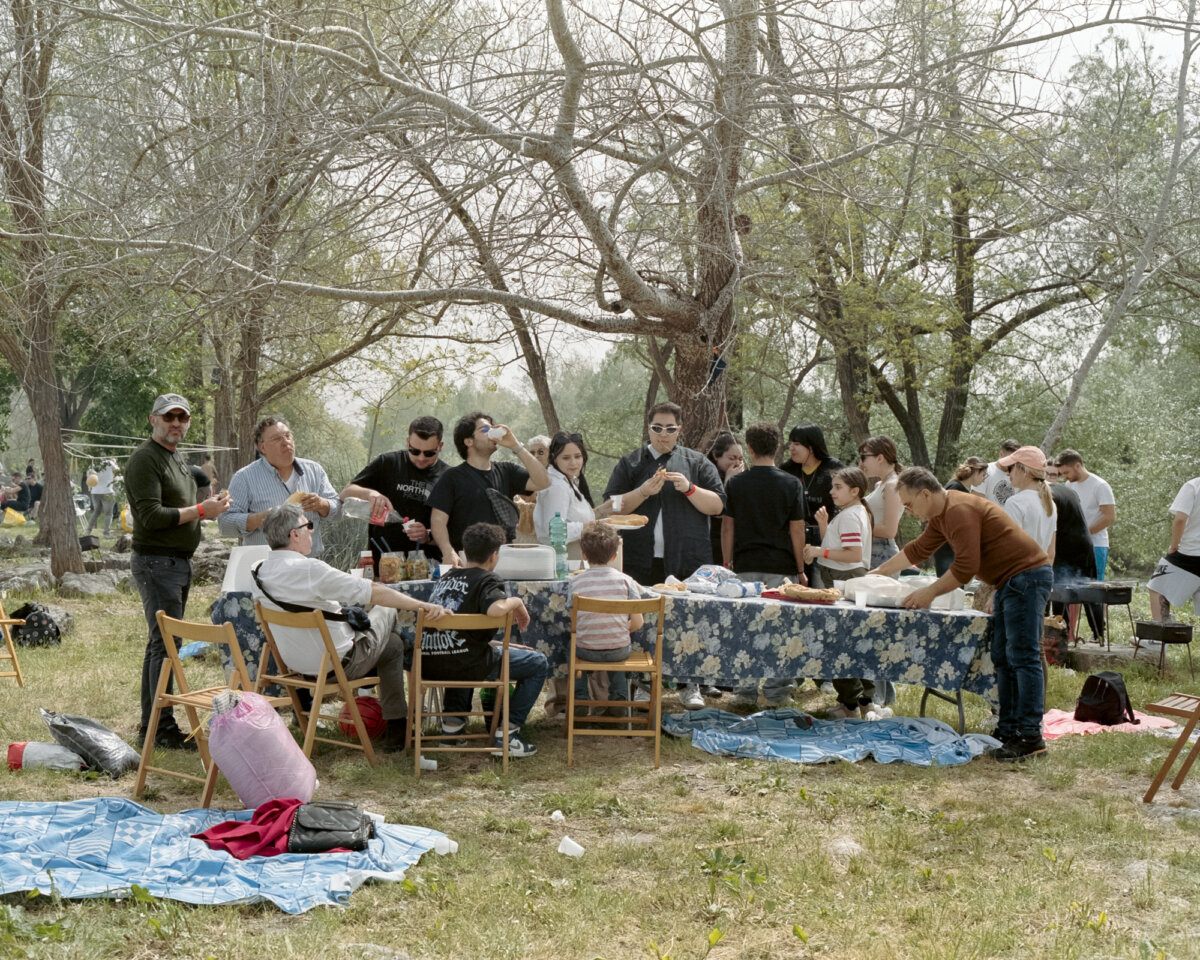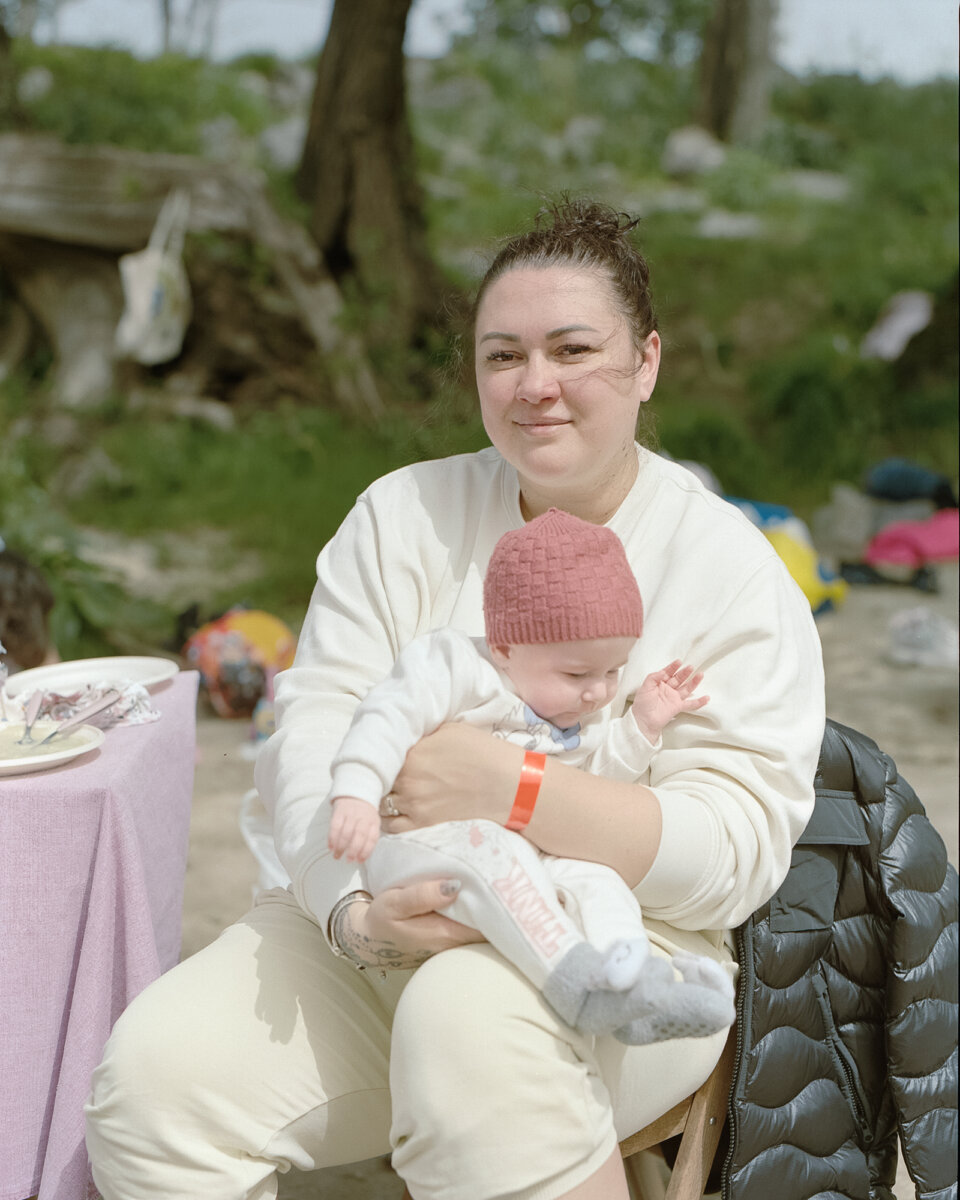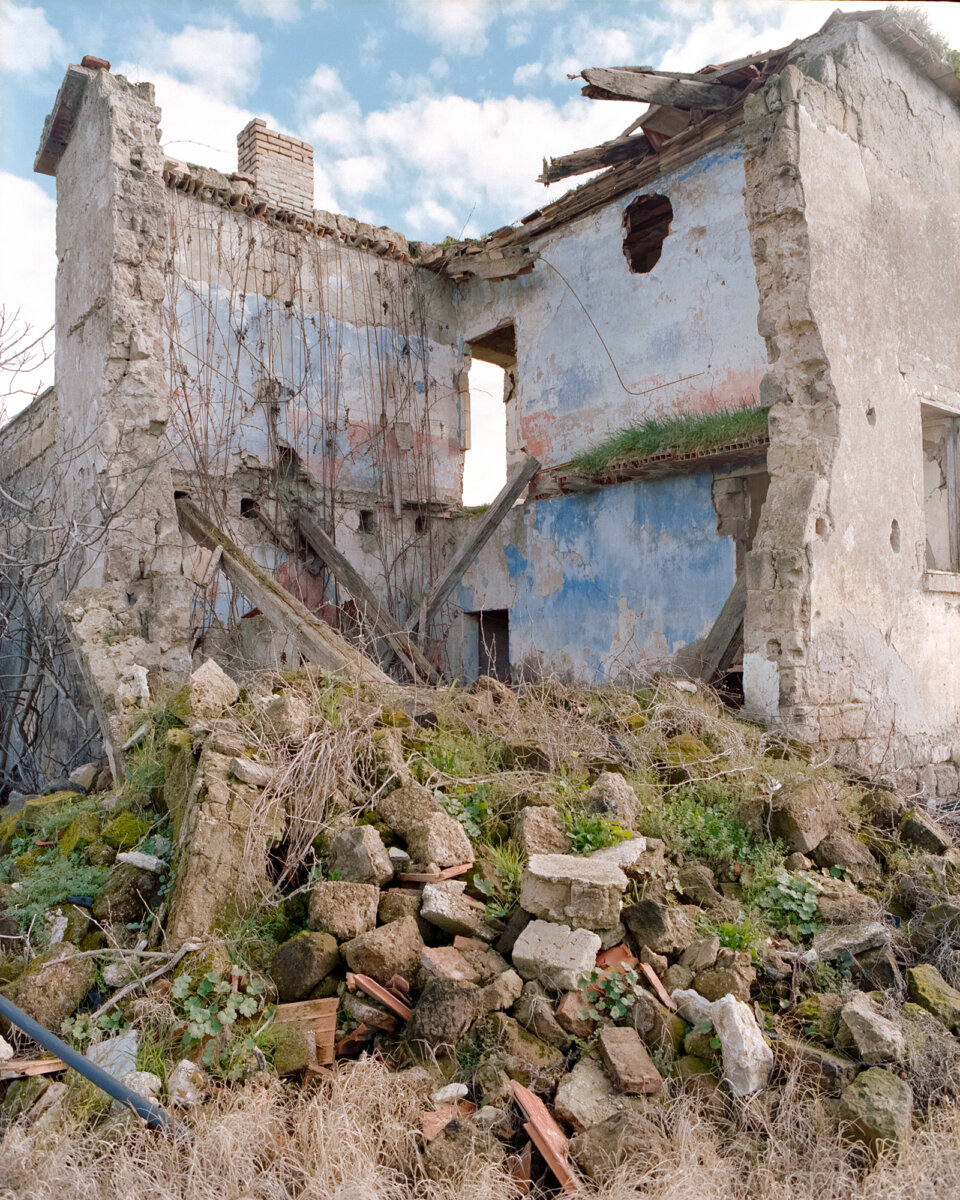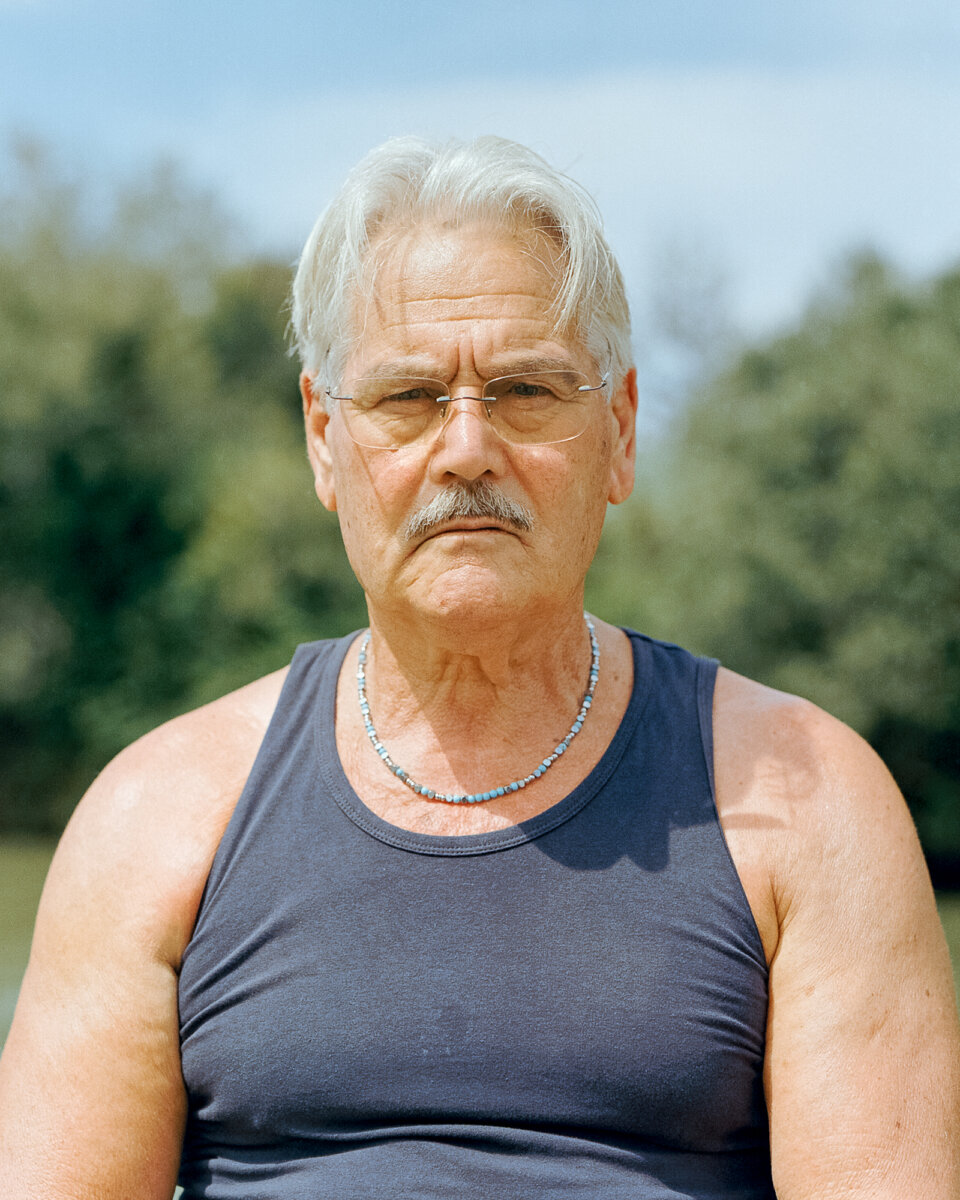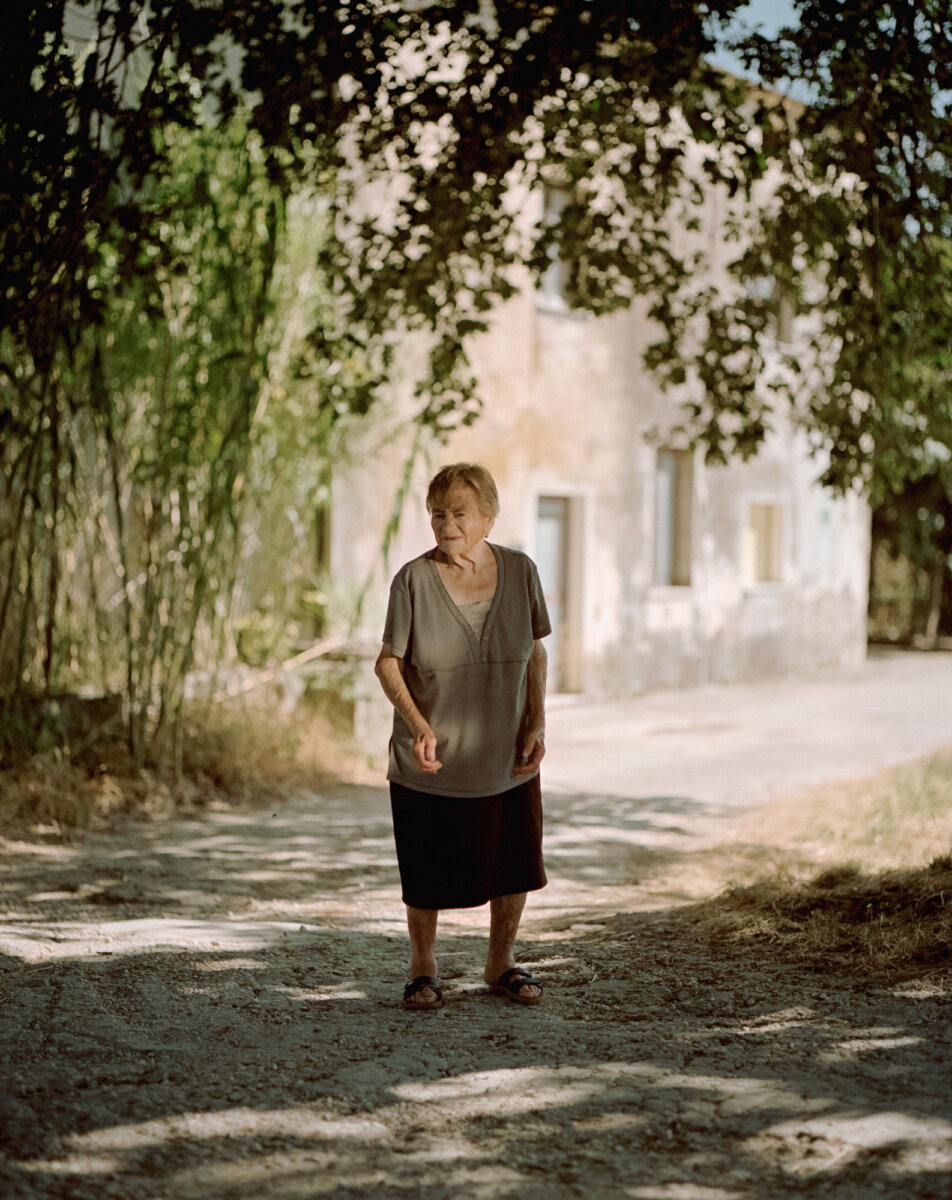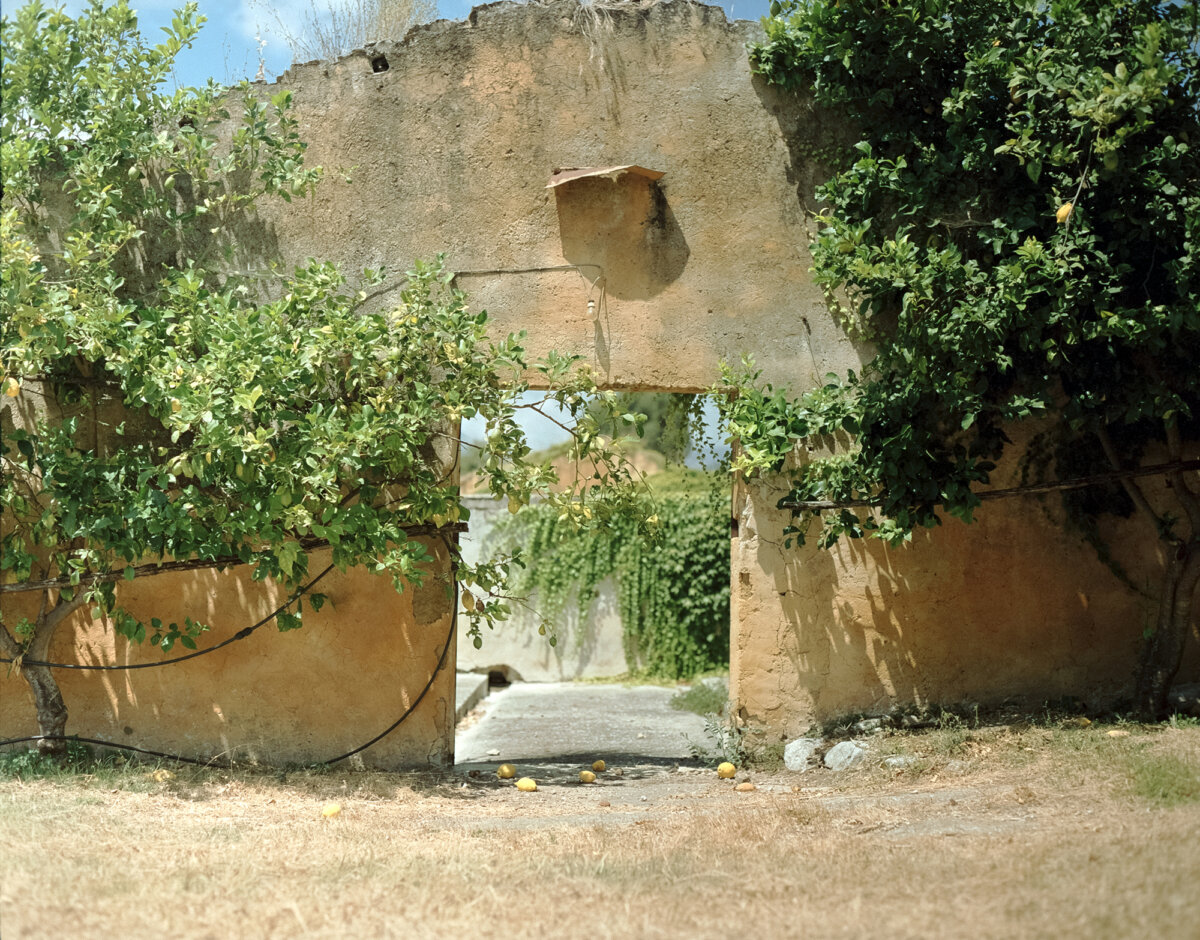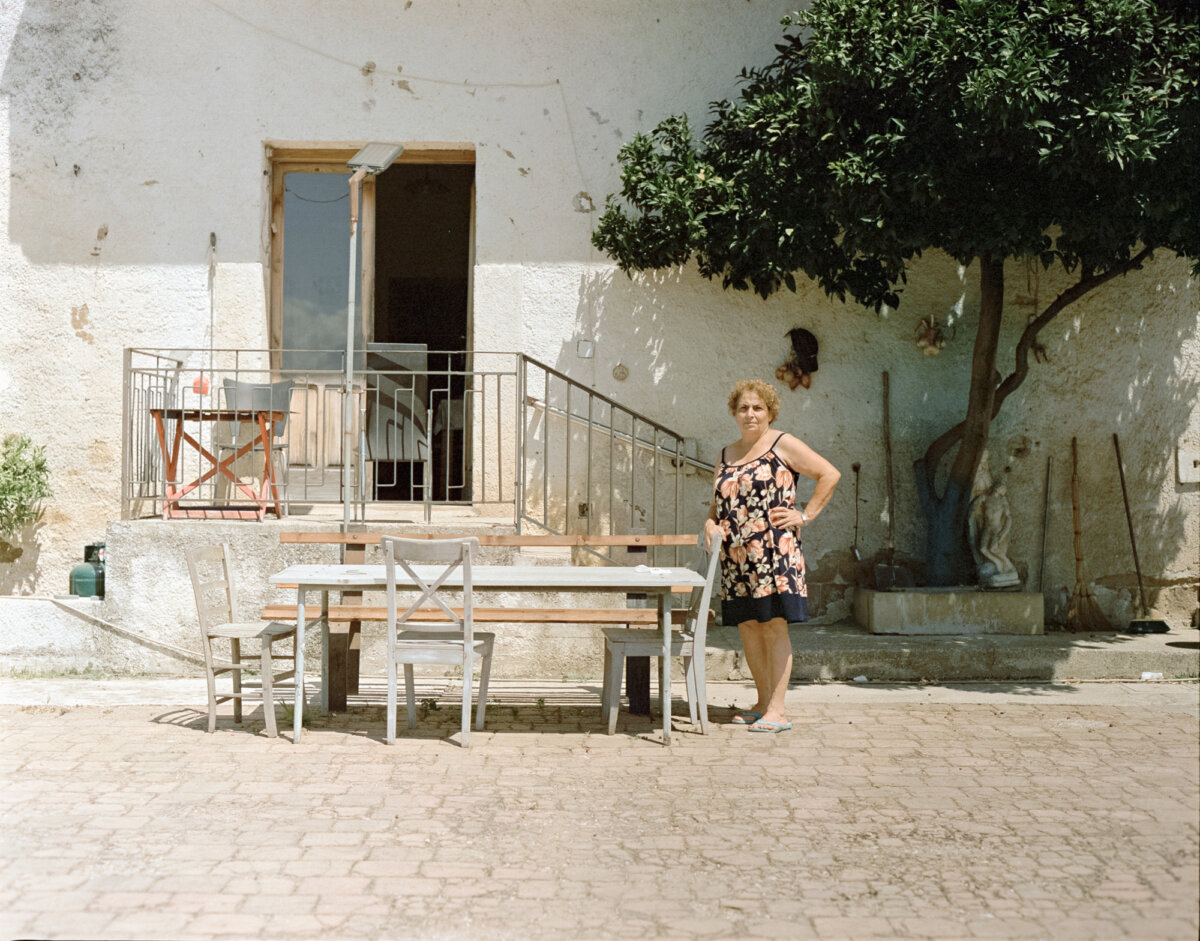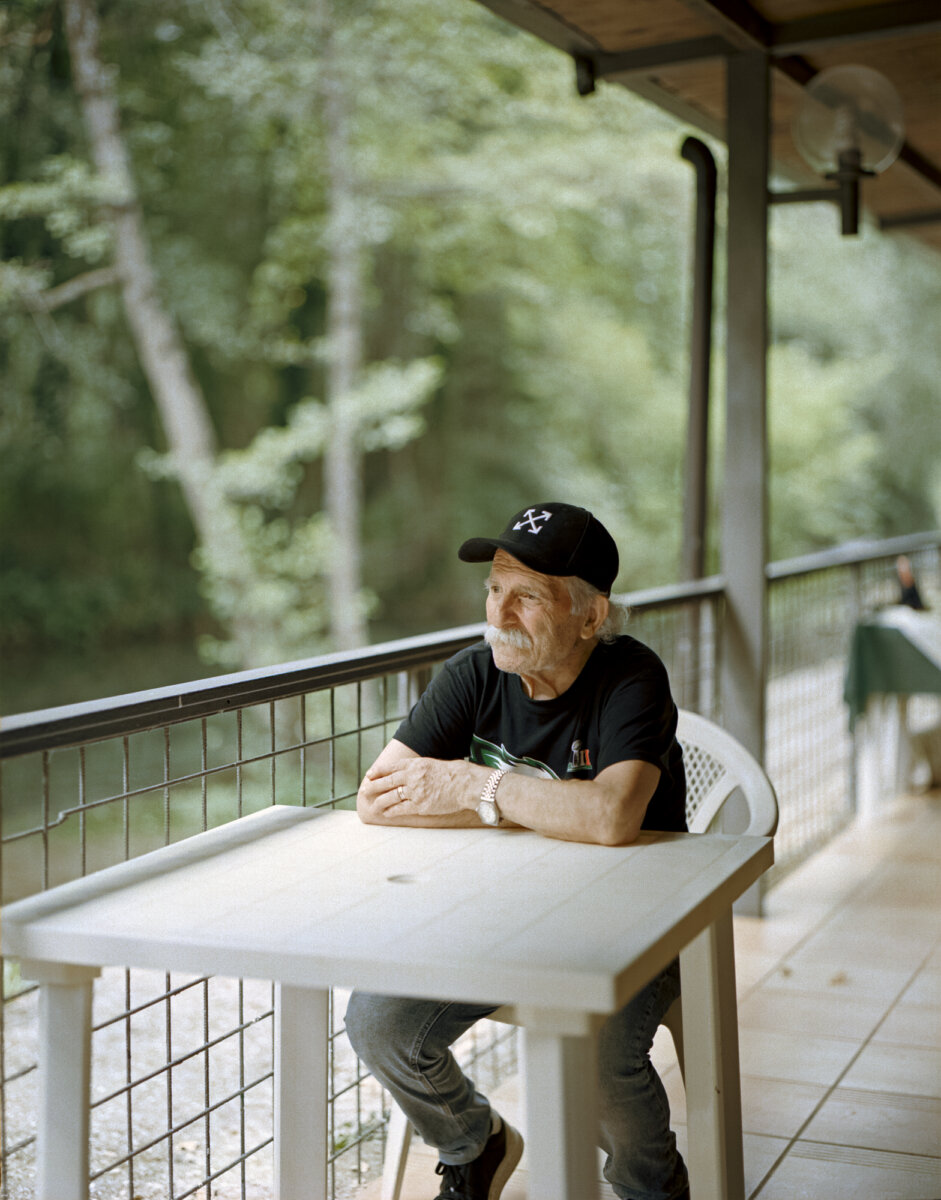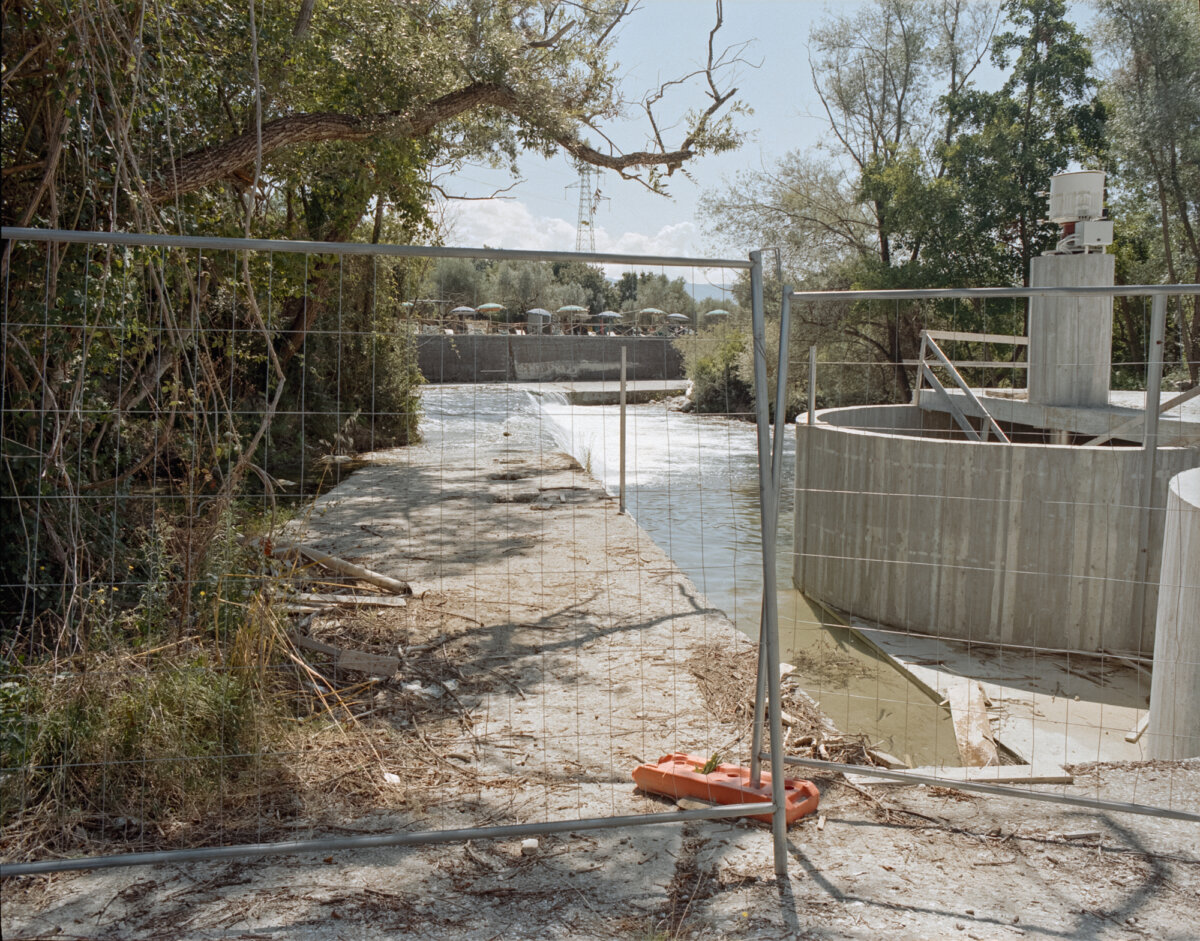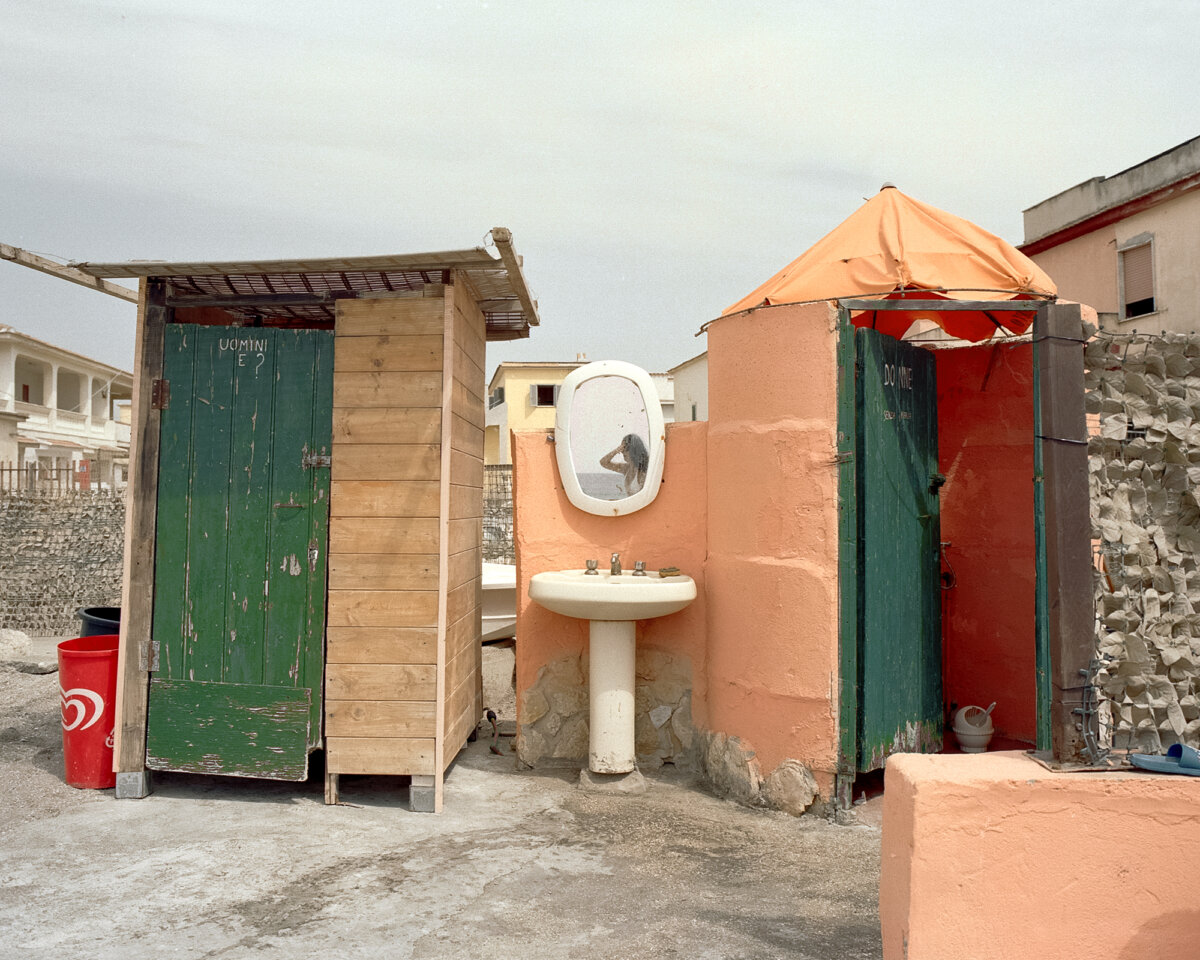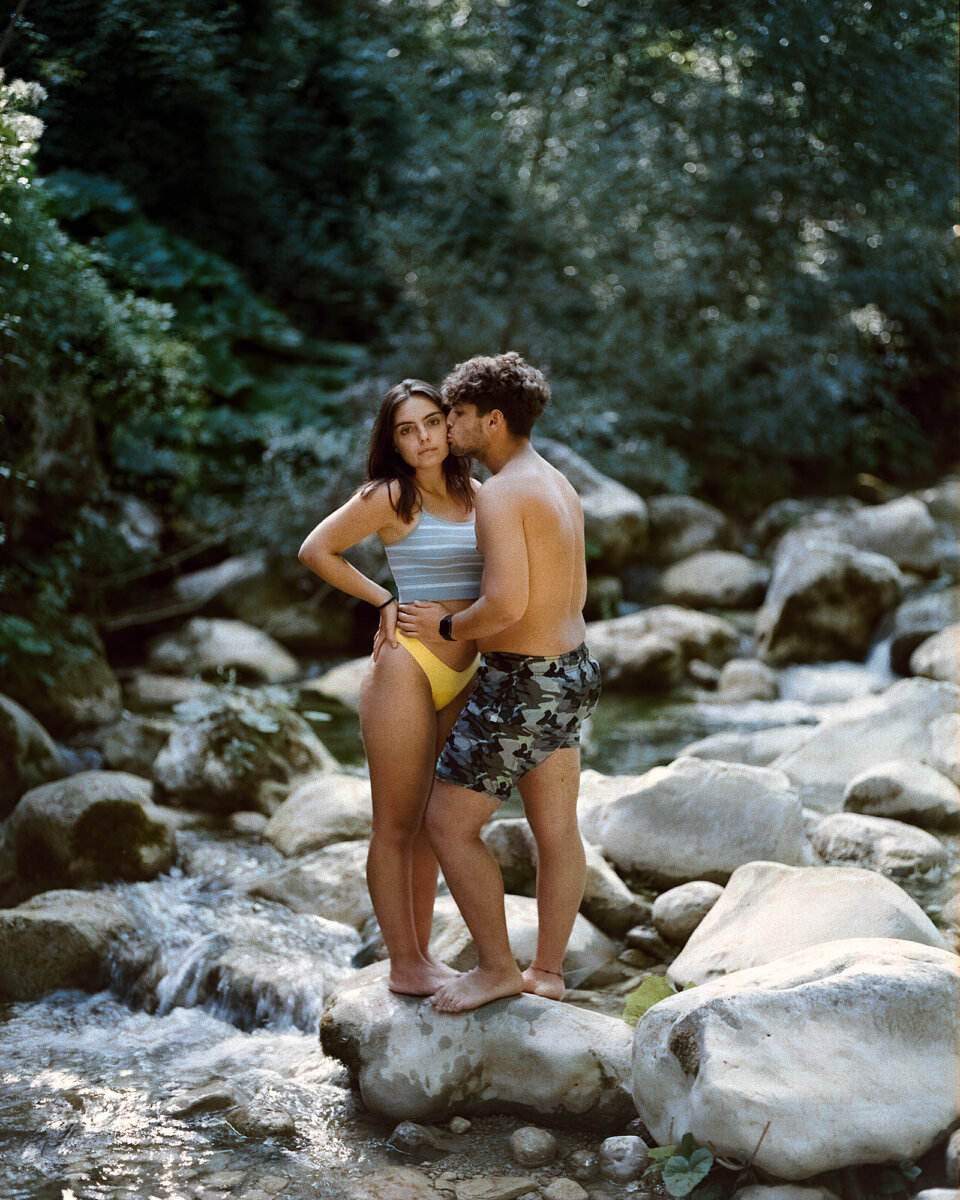NON SI È MAI ESTRANEI A NIENTE
“Non si è mai estranei a niente di ciò che accade intorno, e quando si è soli ancor meno. Il corpo è un organo per affondare nell’esterno, come pietra, lichene, foglia.”
Giovanni Celati, “Verso la foce”
Prima di iniziare questo cammino che non è ancora terminato, il Volturno era solo il fiume che dovevo attraversare tutte le mattine per andare al lavoro. Gli unici sguardi distratti che gli rivolgevo servivano a misurarne il livello perché le piene, seppur non frequenti, sono una vera rottura di scatole. Per tutti questi anni ho prestato lo stesso livello di attenzione per le terre che attraversa ‒ Terra di lavoro, Terra dei fuochi ‒ con un sentimento talvolta di rabbia ma più spesso scoraggiato, rassegnato. Fino a quando, durante la pandemia, per forza e per sopravvivenza, ho iniziato a esplorare quello che c’era a pochi chilometri da casa e ho presto realizzato che non avevo capito proprio niente: così ho preso la macchina fotografica e una decisione. Ho scelto il Volturno come guida per queste terre, come se fosse un corrimano in una stanza buia a cui mi tengo aggrappata perché so che seguendo il suo fluire attraverserò ogni genere di luogo e che alla fine del viaggio, anche se non avrò tutte le risposte che cerco, sarò più consapevole.
Viaggiando lungo una riva e poi lungo l’altra e poi verso la sorgente e poi verso la foce, senza un ordine apparente, assecondando i suoi e i miei umori capricciosi, ho compreso che per me il fiume non è altro che un lungo corridoio d’acqua che collega molte stanze di una stessa casa. Ho imparato che per chi abita lungo il fiume esiste solo il tratto di fiume che si può vedere. Il fatto che questo scorra dall’alto, che provenga da luoghi situati più a monte, si svela solo quando c’è una piena che produce un mutamento nel paesaggio che altrimenti somiglierebbe sempre a sé stesso.
Per chi vive accanto al fiume, il fiume non è un fiume, il fiume in quanto tale non esiste.
Questa forse non è una risposta, ma di certo un buon in(d)izio.
Il progetto è in corso.
YOU ARE NEVER A STRANGER
“You are never a stranger to anything that happens around you, and even less so when you are alone. The body is an organ for sinking into the outside, like a stone, a lichen, a leaf.”
Giovanni Celati, “Verso la foce”
Before starting this journey that is not yet over, the Volturno was just the river I had to cross every morning to go to work. The only distracted glances I gave it were to measure its level because the floods, although not frequent, are a real pain in the ass. For all these years I have paid the same level of attention to the lands it crosses ‒ Land of work, Land of fires ‒ with a feeling sometimes of anger but more often discouraged, resigned. Until the pandemic when, for my mental health, I began to explore what was a few kilometers from home and I soon realized that I had understood nothing at all: so I took my camera and make a decision. I chose the Volturno as a guide for these lands, as if it were a handrail in a dark room that I hold on to because I know that by following its flow I will cross all kinds of places and that at the end of the journey, even if I will not have all the answers I seek, I will be more aware.
Traveling along one bank and then along the other and then towards from the the source and towards the mouth, without any apparent order, indulging in its and my capricious moods, I understood that for me the river is nothing more than a long corridor of water that connects many rooms of the same house. I learned that for those who live along the river, only the stretch of river that can be seen exists. The fact that it flows from above, that it comes from places located further upstream, is revealed only when there is a flood that produces a change in the landscape that would otherwise always resemble itself.
For those who live next to the river, the river is not a river, the river as such does not exist.
This is perhaps not an answer, but certainly a good clue.
The project is ongoing.






















